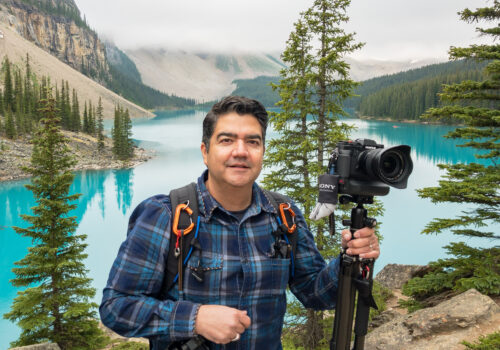by Edgar Miller
TPS member Edgar Miller, a professional photographer, educator, and past juror, offers image reviews for TPS members. You can view a video with Edgar talking about reviews here.
Here are some comments from Edgar's past portfolio review participants:
Edgar Miller's depth of knowledge, easy-going manner and excellent suggestions resulted in improvements in my photography as well as gave me inspiration to run out and shoot more.
The technical explanations to my questions about photography in general were VERY helpful and were explained patiently, thoroughly, and in a way that I could (finally) understand.
Below are Edgar's thoughts on how image critiques can accelerate your level of photography:
Why is it so hard to self-critique? What is the value of getting another opinion or a professional review of your work?
The difficulty of self-critiquing is getting past the emotional attachment to an image. The work a photographer puts into getting an image will bias its importance and apparent success to them. An image review is an excellent way to get honest feedback on your work. The benefits are to guide you in a direction of improvement. By pointing out the strengths along with suggestions on improving the weaknesses, a good review helps to develop all aspects of the photography.
The basics of photography are always the light, composition and inspiration. Breaking down the technical and aesthetic components as well as the motivation/story/message help distinguish what is working, or not, in the imagery.
It's often the little things that make the biggest differences. For example, waiting/planning for better light, changing the point of view and including a human element. These kind of pointers can help you think more strategically about the next shot. Most artists ultimately want to produce work that stands out. Getting one-on-one advice from a professional can elevate your work.


Is it important to know what imagery the reviewer shoots?
Yes, it’s important to see what the reviewer photographs, just to make sure the reviewer's images are strong in technique, aesthetics and story. The subject matter is secondary, but it’s only natural to try to find a reviewer with a subject matter in common with yours.
I shoot everything - portraits, landscape, architecture, animals, etc. However, if I only shot portraits, I may not be the best choice as an adviser for an artist who photographs buildings.
What is your approach when you advise/instruct a student or another photographer?
My goal is to never belittle and to always encourage. I want the artist to realize their potential and not be afraid to explore it. It’s often said mistakes are always learning experiences and the first step is being able to see/admit mistakes.
I also expect the artist to be open to the assessment. This is their chance to hear a different point of view on their images. More information leads to greater success.
I distinctly remember the wonderfully honest reviews from my college classes. My photo professor had a poetic eye and even though there were technical faults which he addressed, he saw through to the aesthetic strengths and listened to my inspiration.
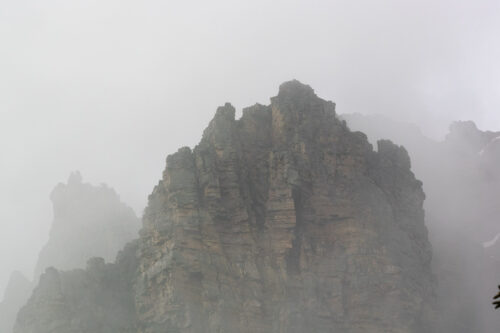

Does it matter what kind of camera or other tools an artist uses?
I’m a strong believer of the equipment being the tool and that the artist is the talent. No one asked Hemingway what typewriter he used to write his novels! A better guitar will not make me sound like Stevie Ray Vaughn. It doesn't matter whether you used a smartphone or high-end camera. The camera only took the photograph; the photographer made it. The photographic money pit is hoping the latest and best camera equipment will improve your photography.
That being said, I do ask my students what equipment they use in case we need to talk technical aspects. I also like to know what level their photography is, as well as what they think their strengths and weaknesses are.
How do you cull through your own images? What do you look for in strong imagery?
I’m still very conservative with the number of images taken at any one time - an after-effect of my film shooting days and the very limited number of exposures available on a roll of film. Today, for me, the result is a screen full of potentially strong images that I can cull down to the very best. I shrink them down to small thumbnails and see how they fare at the small size. It allows for quick views of composition. Further gleaning is for technical quality, but emotional potential will have the most weight on an image staying or being deleted in my collection.
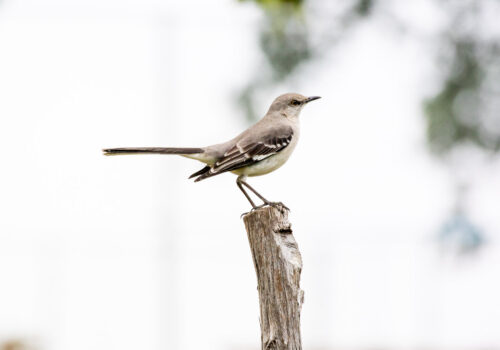
- Image 1. A quick capture as I spotted the bird on a post. But, it's a waste of negative space in the horizontal orientation.
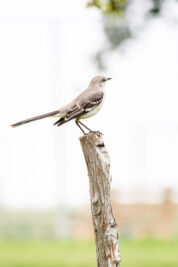
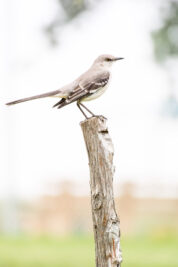
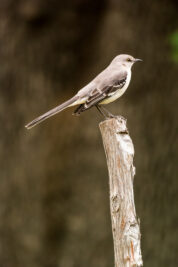
- Image 2. The bird hasn't flown off, so now I have time to switch to a vertical orientation. A much better use of negative space.
- Image 3. I noticed in the previous image the dark branches merging with the bird and took a small step to the left.
- Image 4. One more step over and the dark tree trunk helps the bird stand out from the background.
From whom do you find inspiration?
My late father was “dad with a camera” on a lot of our trips and family events. I remember seeing the photographs and how he captured us in real moments - the candid shots that are always so genuine.
Edgar Miller is a native Texan living in Fort Worth. Edgar has been photographing since 1979. In 1992, he earned his Bachelor of Fine Arts degree and has an extensive knowledge base in science and math along with the visual arts. Edgar is currently a commercial and fine art photographer and educator. His work has been shown and awarded in several Texas and national exhibitions. He has taught photography and art for the last 20 years and is always looking for new ways to help his clients learn.
Edgar is a member of the Texas Photographic Society and the Texas Artists Coalition. He has been a juror for many local photography clubs and is active in the Fort Worth Community Art Center. With influences from his late father, and his college photo professor, he continues to find interesting light on interesting subjects. To see more of Edgar's work, go to https://edgarmillerimages.com/.
